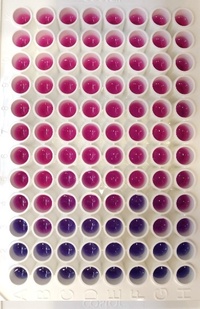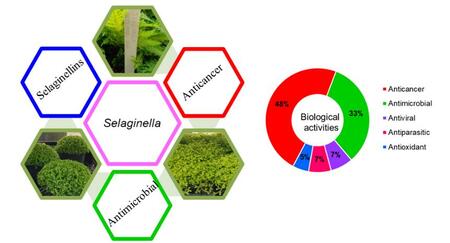Home Publications
1) Virology
In the field of virology, which deals with the study of the structure and biology of viruses and their pathogenesis, we focus mainly on retroviruses and, more recently, in cooperation, also on flaviviruses. Both Retrovirideae and Flaviviridae are enveloped RNA viruses. The aim of our research is to clarify selected steps in the life cycle of viruses, focusing mainly on the late phase of viral infection. Understanding the molecular nature of these steps might open the possibility of developing new types of drugs. Using molecular biological methods, we study the structure of viral proteins, the functional significance of their structural domains, their mutual interactions, interactions with RNA and membranes and the transport of viral proteins and whole particles in an infected cell. We also study the structure and mechanism of formation of mature and immature retroviral particles.
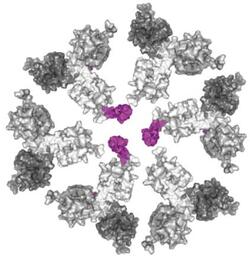
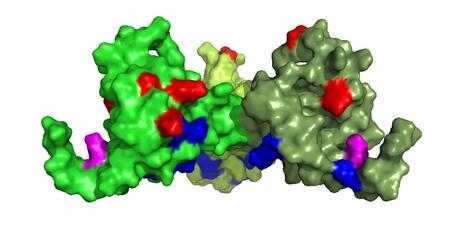
2) Medicinal chemistry: Theranostics and multimodal therapy
Natural products are the basis of clinical therapy for cancer and other diseases. Their therapeutic effects can be modified with chemical derivatization in order to reduce unwanted side effects, increase cytotoxicity and selectivity towards pathological cells, change their mechanism of action, etc. In our research group, we mainly focus on basic research of toxicity and mechanism of action of novel antimitotic derivatives (e.g., colchicine and paclitaxel), inhibitors of sarco-/endoplasmic reticular Ca2+-ATPase (e.g., thapsigargin and trilobolide) and cardiac glycosides (e.g., digitoxin and digoxin). Most of the derivatives we study are developed with the aim to be utilized in multimodal and combination therapy as well as theranostics of cancer. Theranostics is based on diagnostic and therapeutic properties combined in one molecule, which often consists of a natural product conjugated to a fluorescent moiety.
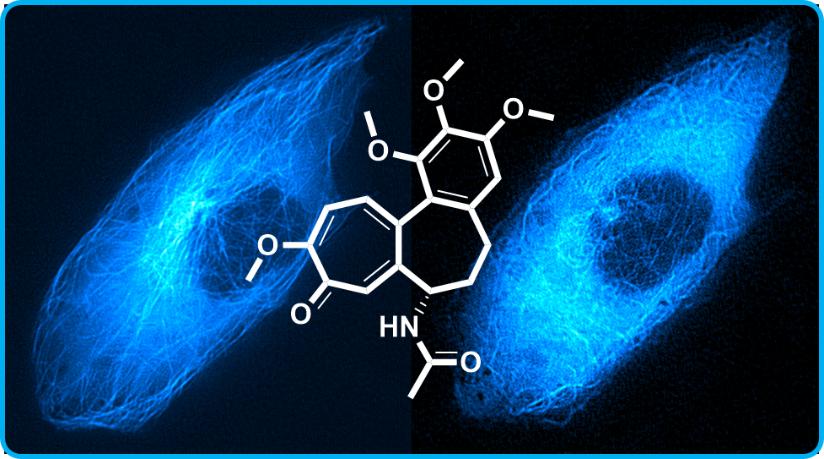
3) Cytocompatible and antimicrobial materials for research and medicinal applications
Another research topic addressed by our scientific group is the study of tailor-made polymers and metallic materials for medical applications for soft and hard tissue replacements, but also for research purposes (e.g., single cell cultivation and analysis). The aim of this research is to develop novel possibilities for functional replacement of damaged tissues but also to understand the basic mechanisms of cell-cell and cell-material interactions in dependence on its nano- and microstructured topology. We focus on evaluation of material cytocompatibility, cytotoxicity and antibacterial properties using cell biological and microbiological methods. Moreover, methods of molecular biology are utilized to study the mechanism of cell adhesion, interaction of cells with materials at the molecular level, and cell differentiation.

4) Photodynamic therapy and molecules for photoimaging
Photodynamic therapy is a non-invasive therapy using special molecules that, when activated by light, produce highly reactive oxygen species applicable for the eradication of tumors, microorganisms, or the treatment of skin diseases. We collaborate on the development of advanced photoactive molecules and study the molecular mechanisms of their action and localization in living tumor cells in real time. We focus on these aspects in the study of the effectiveness of photoactive molecules including both inorganic materials (e.g., molybdenum clusters) and organic molecules (e.g., porphyrins, phthalocyanines, halogenated BODIPY). In addition, we focus on the development of novel fluorescent probes for imaging techniques, which are an indispensable tool for medicine and molecular biological research. Fluorescence probes allow us not only to visualize and study different cellular structures, but also to reveal the molecular basis of various diseases. Our goal is to eliminate the limitations of available probes, such as high toxicity, low specificity or insufficient photophysical properties. We use both common and highly specialized fluorescence microscopy methods (SIM, PALM / STORM) to evaluate these probes.
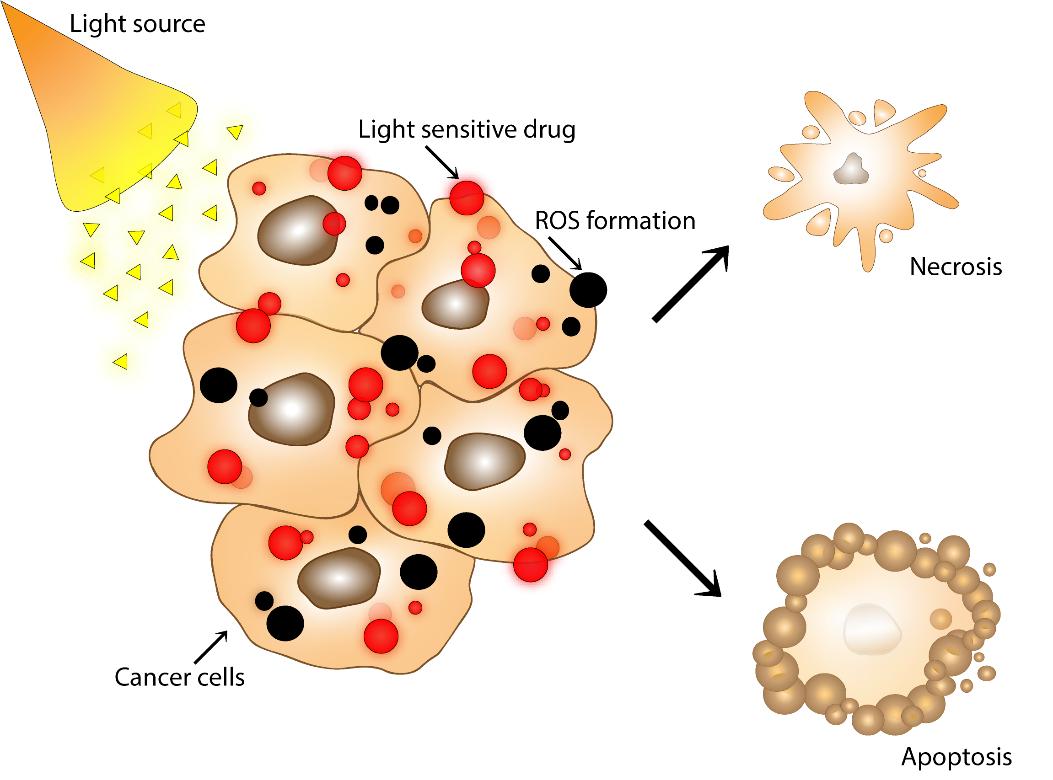
5) Biologically active substances
We study the properties of plant extracts or isolated compounds with a focus on both beneficial effects and possible negative effects. Our goal is to identify biologically active substances and characterize their beneficial effects while excluding possible toxicological effects. Special emphasis is placed on biologically active substances with the ability to modulate multiple drug resistance.
